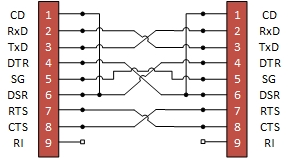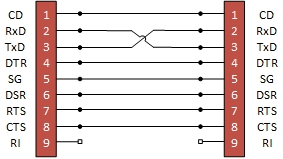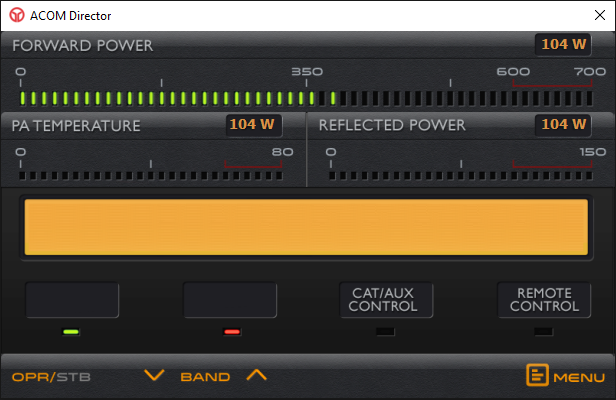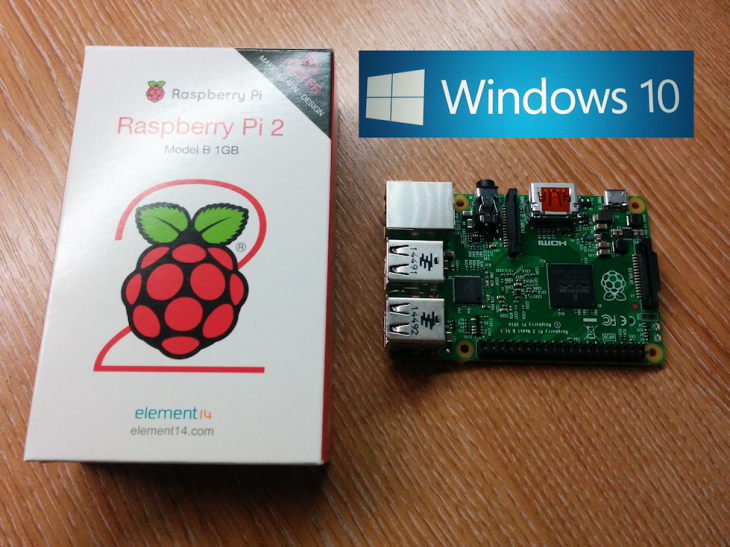While working on the next update to ACOM Director Plus (yes, work is now continuing on it), I couldn’t figure out why my code to turn on the ACOM600S was not working. I’d previously put this down to the fact that I have an early model and perhaps this wasn’t implemented then. I resorted to using my scope to check that the DTR and RTS lines were in fact being activated properly which is when I discovered that my Null Modem cable i’d been using for years now is not in fact a proper Null Modem Cable.
A normal (proper) Null Modem cable has the following wiring, notice the crossover of the DTR & DSR pins and the RTS & CTS pins, these are used for the remote power on of the ACOM600S, ACOM1200S and ACOM2000A with the RPON Module.

However after checking the wiring on my (commercially purchased) Null Modem Cable, I found it is actually wired like this.

As pins 2 & 3 are crossed, it still works fine for normal serial communications (without handshaking obviously) however all other pins are straight through, so anything relying on the proper use of handshake signals will fail.
The moral of the story, if you have issues with remote power on of the ACOM600S, ACOM1200S or ACOM2000A (or anything else that makes use of any control pins), make sure your Null Modem cable is actually wired fully to the Null Modem standard and not a half baked cable like mine.


